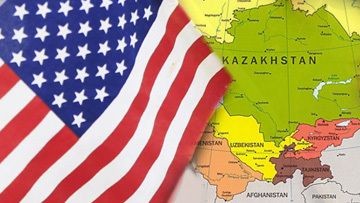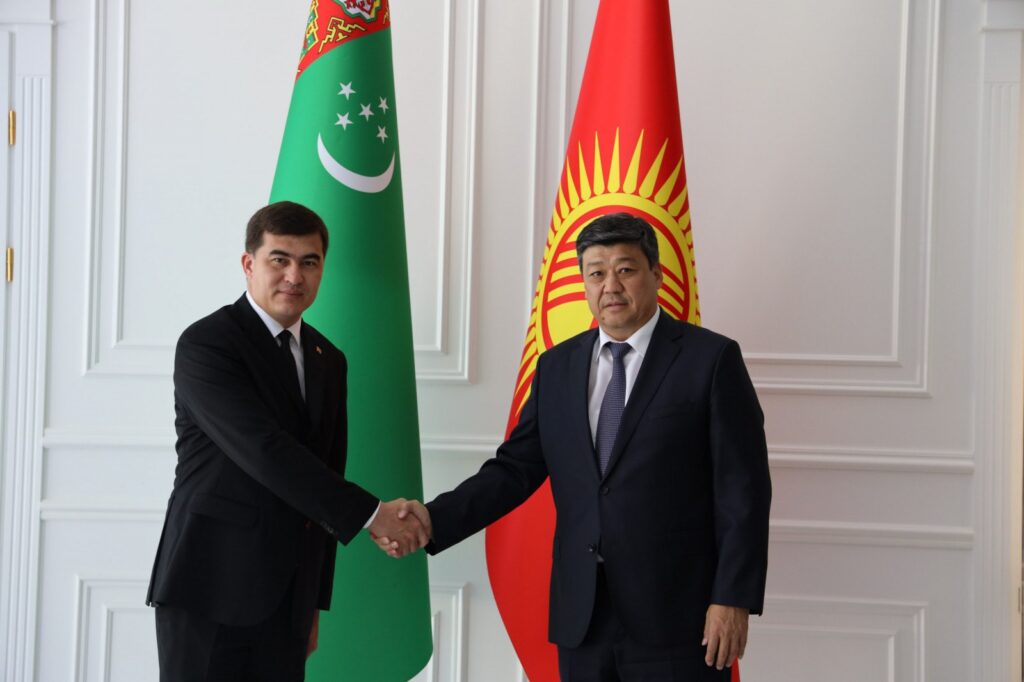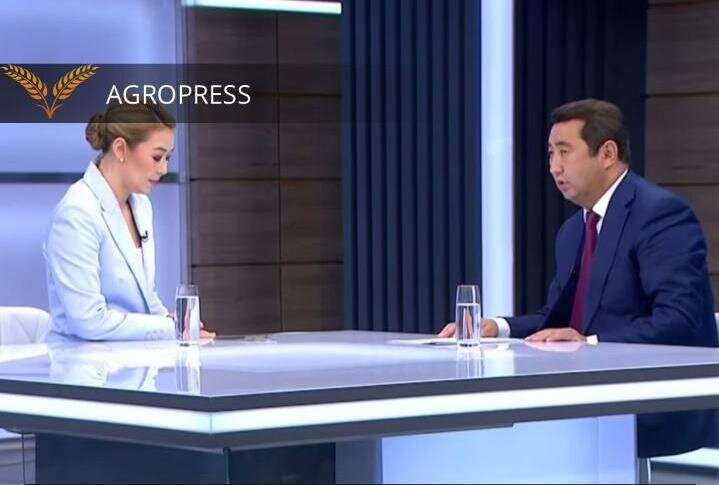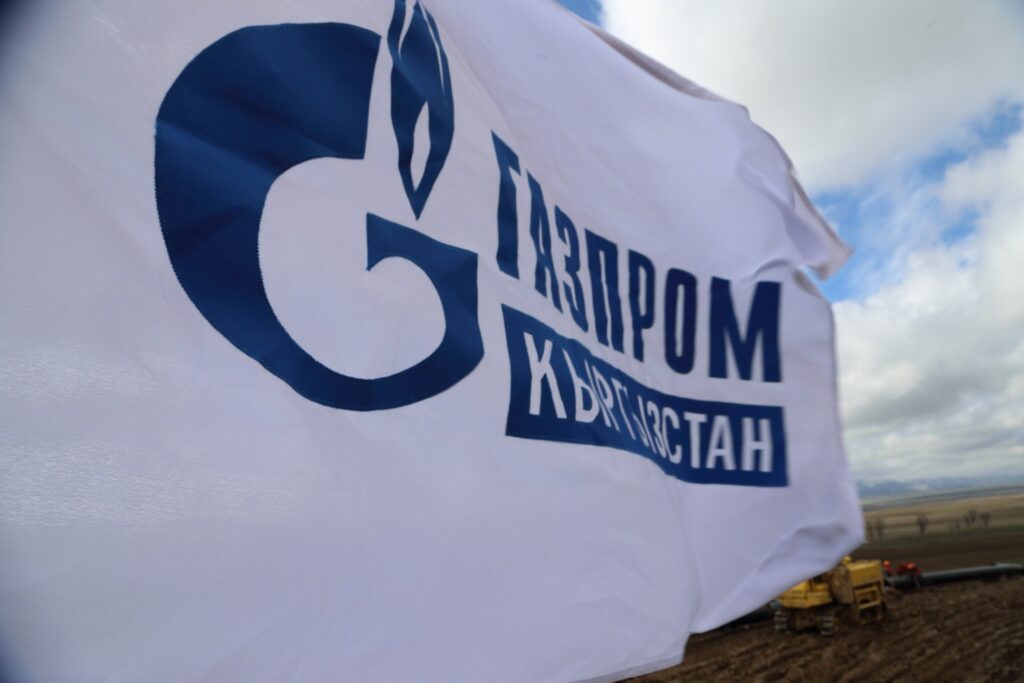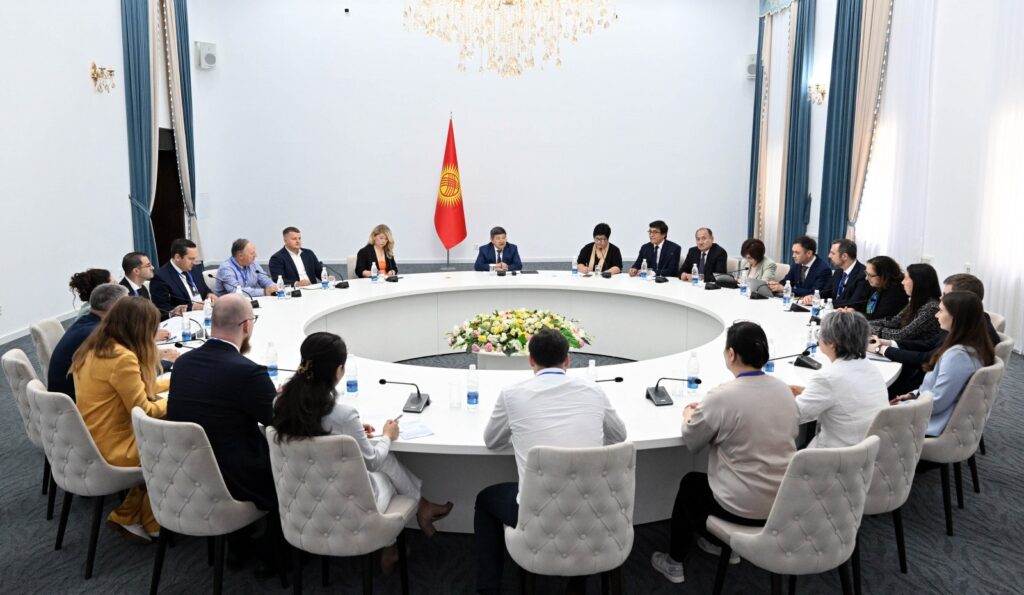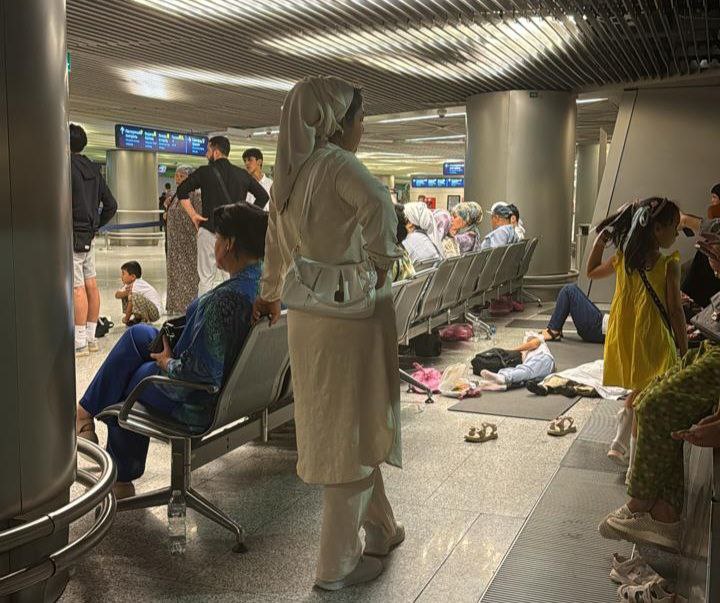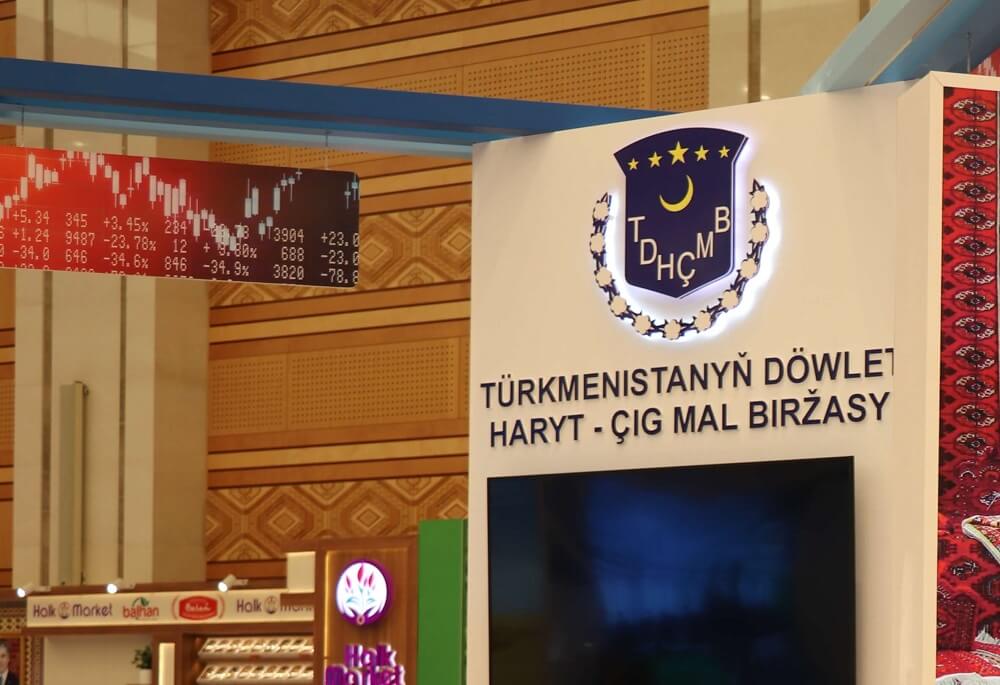BISHKEK (TCA) — U.S. Secretary of State John Kerry on August 3 in Washington met with foreign ministers from the five Central Asian states of Kazakhstan, Kyrgyzstan, Tajikistan, Turkmenistan, and Uzbekistan as the United States tries to re-engage in a region dominated by Russia and China.
Following the second ministerial level meeting in the C5+1 format, the heads of foreign ministries of these six countries issued the Second Joint Declaration of Partnership and Cooperation, reconfirming their interest in further deepening cooperation through engagement in the C5+1 format, the U.S. Department of State said.
The U.S. Secretary of State and the foreign ministers of the Central Asian countries announced the launch of five joint projects, which the United States plans to support with up to $15 million, aimed at improving economic connectivity, adapting to and mitigating the impact of climate change, and increasing dialogue regarding the common threat of terrorism.
The Secretary and the Foreign Ministers declared the intention of their countries to:
– Implement trade facilitation measures and advance development of transportation corridors across the region to increase access to markets, improve productivity and efficiency of transport, and strengthen competitiveness in the region and in international markets;
– Strengthen logistics sectors across Central Asia to facilitate regional trade and promote investment potential;
– Enhance the region’s favorable business climate to attract foreign direct investment and facilitate local entrepreneurship, and broaden and strengthen business and investment contacts among the Central Asian countries and the United States;
– Contribute to the development of the region’s renewable energy resources;
– Support regional, national, and local-level planning and implementation of the measures to prepare for and adapt to the impact of climate change;
– Enhance cooperation to prevent and counter transboundary threats and challenges such as terrorism, and the trafficking of weapons of mass destruction, illicit drugs and human beings;
– Contribute to global and regional efforts on nonproliferation of weapons of mass destruction, including by respecting the provisions of the Treaty on a Nuclear-Weapons-Free Zone in Central Asia and pursuing entry into force of the Treaty’s Protocol;
– Increase dialogue on threats from foreign terrorist fighters, and exchange best practices on countering terrorism and preventing radicalization to violence;
– Continue support to Afghanistan and its development as an independent, peaceful, thriving state, recognizing that the situation in Afghanistan remains an important factor in security and stability of the entire region;
– Further develop cooperation in the humanitarian sphere and more extensive people-to-people ties and encourage wider educational, cultural, and business exchanges;
– Protect human rights, develop democratic institutions and practices, and strengthen civil society through respect for recognized norms, and principles of international law, including the United Nations Charter, the Universal Declaration of Human Rights, the Declaration on Principles of International Law, the Helsinki Final Act of the Conference on Security and Co-operation in Europe.
The C5+1 is a platform that brings together the five states of Central Asia and the United States to discuss and work on issues of common concern. At the first C5+1 ministerial, held in Samarkand in November 2015, the six ministers agreed to develop regional projects to improve security, promote economic connectivity, and increase resilience against the impacts of climate change.
